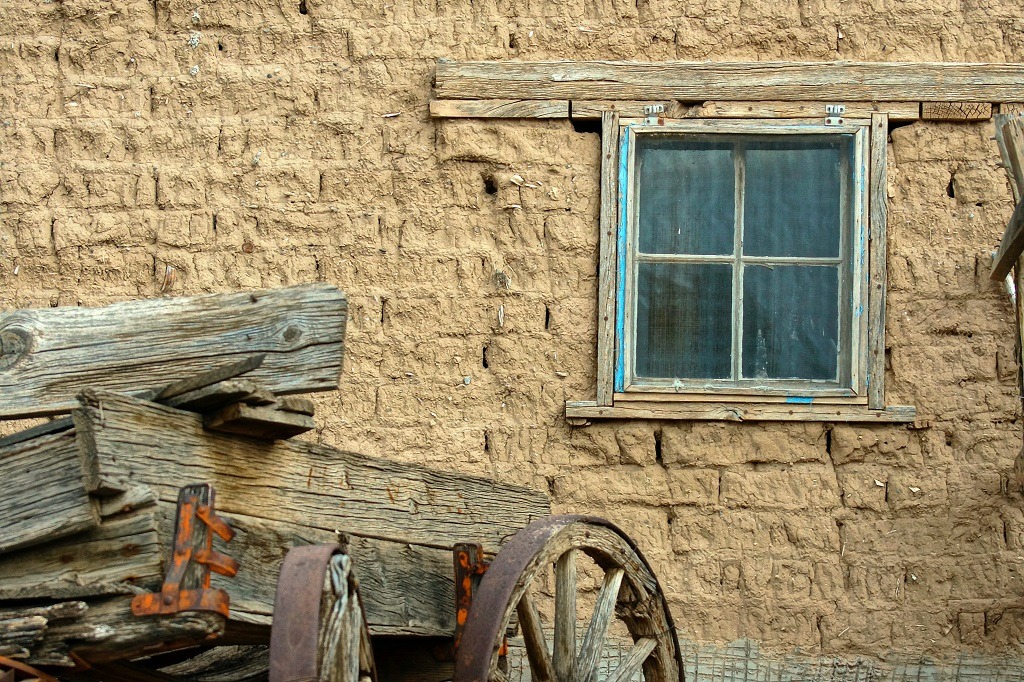Last week was another in which readers received a Newsletter full of the “t” word, plus copious coverage of all our Political Parties’ fiscal pledges. Tax Tuesday therefore resists a technical offering today. Instead we take you down memory lane with Historical Taxes – the Window Tax.
There are lessons to be learned (and some material, perhaps, for your next pub quiz) ………………
In 1696, under the rule of William III, England and Wales introduced the Window Tax.
The idea of a tax on income was considered unacceptable at that time. It involved a loss of privacy and a threat to personal liberty, according to those in influential places at that time. (And it wasn’t until 1842 before an Income Tax arrived.)
Taxing windows, it was suggested, was easy, objective, visible to all, and “progressive”. It had a high degree of fairness associated with it, they argued. Wealthier citizens would own larger homes needing more windows, of course.
So a tax of two shillings was set for all homes with up to ten windows, with four more shillings payable by those with up to twenty windows and a further four shillings on top of that by those with more than thirty. The tariffs were varied over time. In 1766 the primary threshold was adjusted to seven windows. Unsurprisingly, the number of homes with exactly seven windows swiftly plummeted by an estimated two thirds.
The Window Tax might have raised essential public finance in the eighteenth century in particular. It was, however, disliked, probably even more than Inheritance Tax is today:
- It was deeply unpopular and understandably viewed as “a tax on air and light”;
- A “window” was not defined in the legislation. This lead to all manner of gaps and holes in an external wall being assessed, irrespective of the fact that they might have been for ventilation (or other essential purposes);
- For urban dwellers who typically lived in shared tenements, the charge would fall on landlords. They duly closed up as many sources of light for their properties as they could get possibly get away with.
The health of the population was significantly affected by the inevitable tax planning manoeuvres of the day. Even by the mid 18th century the medical profession were clear that living without adequate light and ventilation was causing increased typhus, smallpox and cholera. The tax, and property owners’ attempts to avoid it, had become a primary cause of death for many of the country’s poor.
Nevertheless the Window Tax lasted until 1851. Other tax innovations of the 18th century included the Brick Tax (bricks duly got bigger until legislation was introduced to dictate the size!), the Glass Tax, and even the Wallpaper Tax. None of these have survived and none feature in our current Political Parties’ manifestos. We probably should be thankful.
If you would like to know more about the Window Tax or any of the other taxes enacted and repealed in bygone days, we suggest you have a look at Wikipedia. Your relationship principal here is likely to be able to help you significantly.

